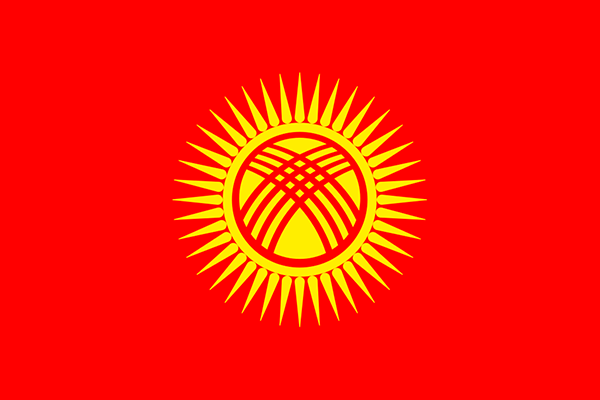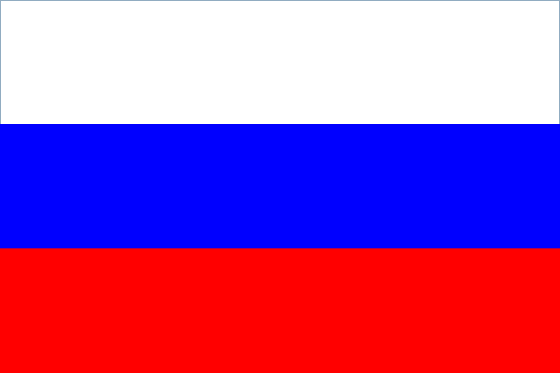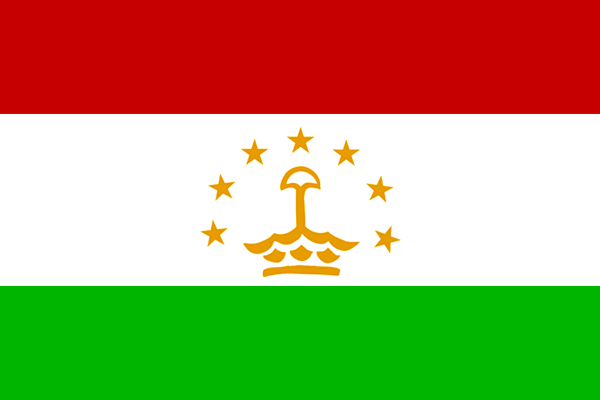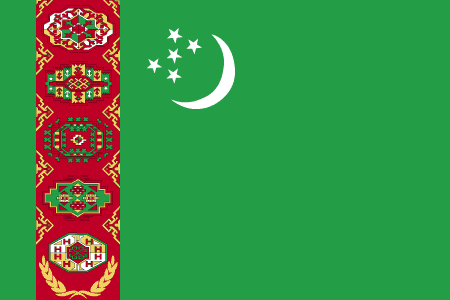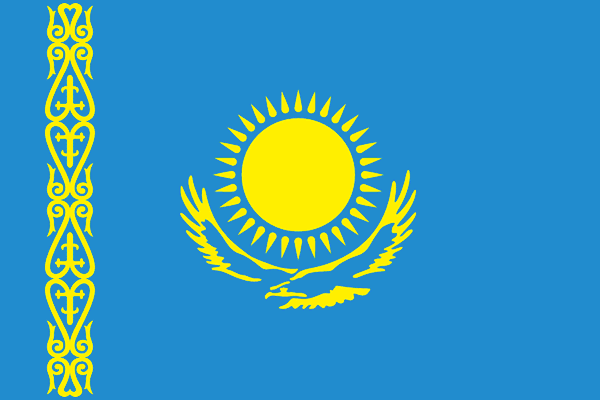
Republic of Kazakhstan
Legal system
The legal system of Kazakhstan is based on the Roman-Germanic Law System. The main source of law in Kazakhstan is the following types of regulatory legal acts:
- legislative acts: constitutional laws, decrees of the President of the Republic of Kazakhstan having the force of constitutional law; codes; laws, decrees of the President of the Republic of Kazakhstan having the force of law; resolutions of the Parliament of the Republic of Kazakhstan, resolutions of the Senate and the Majilis.
- subordinate acts: normative decrees of the President of the Republic of Kazakhstan; normative decrees of the Government of the Republic of Kazakhstan; regulatory legal orders of ministers of the Republic of Kazakhstan and other heads of central governmental authorities, regulatory legal orders of central governmental authorities and normative decrees of the Central Election Commission of the Republic of Kazakhstan.
Economy and financial sector
The economy of Kazakhstan is the largest economy in Central Asia. Since January 1, 2015 the Republic is a member of the Eurasian Economic Union. Gross domestic product: 290.9 billion USD (2024) GDP per capita: 13,301 USD (2023).
Main economy sectors: production of oil, gas, uranium, non-ferrous and ferrous metals; as well as coal, iron ore, manganese, chromites, lead, zinc, copper, titanium; production of locomotives, passenger and freight cars, power units, cars, tractors and other agricultural machinery, construction materials, food products.
Main export articles: oil and oil products, metals, chemicals, machinery, grain, wool, meat.
Main import articles: machinery and equipment, metal products, food products.
The financial sector of the Republic of Kazakhstan is represented by the National Bank, the Agency of the Republic of Kazakhstan for Regulation and Development of Financial Market, banks, organizations carrying out certain types of banking operations, JSC "KazPochta", microcredit organizations, consumer cooperatives, pawnshops, operators of international money transfer systems, insurance companies, stock exchange, professional securities market participants, insurance agents, Development Bank of Kazakhstan.
Kazakhstan has a two-tier banking system. The National Bank of the Republic of Kazakhstan is the central bank and represents the upper (first) tier of the banking system of the Republic of Kazakhstan. All other banks represent the lower (second) tier of the banking system except for the Development Bank of Kazakhstan, which has a special legal status.
Financial Intelligence Unit
The Kazakh national financial intelligence unit (FIU) in the Financial Monitoring Agency of the Republic of Kazakhstan established pursuant to the Kazakh Presidential Decree dated January 28, 2021.
The Financial Monitoring Agency of the Republic of Kazakhstan is the government authority directly subordinated and accountable to the President of the Republic of Kazakhstan that is in charge of general oversight of the anti-money laundering and counter-terrorist financing efforts and responsible for preventing, detecting, disrupting, solving and investigating economic and financial offences that fall within the purview of the Agency.
Structurally, the Financial Monitoring Agency of the Republic of Kazakhstan includes the Economic Investigation Service which is composed of financial monitoring intelligence and investigation units that take measures to prevent, detect, disrupt, solve and investigate crimes and offences as prescribed by national legislation.
The Head of the Kazakh Delegation to the EAG is Chairman of the Financial Monitoring Agency of the Republic of Kazakhstan Mr. Zhanat Elimanov.
Agencies involved in the AML/CFT system
- Ministry of Finance of the Republic of Kazakhstan provides management and inter-sectoral coordination in the financial sphere within the limits provided by the law.
- Ministry of Justice of the Republic of Kazakhstan.
- Ministry of Internal Affairs of the Republic of Kazakhstan.
- Ministry of Foreign Affairs of the Republic of Kazakhstan.
Criminal justice authorities and operational agencies:
- General Prosecutor's Office;
- In accordance with the Criminal Procedure Code, investigation of cases related to financing of terrorism is carried out by investigators of the National Security Committee of the Republic of Kazakhstan;
- State Revenue Committee of the Ministry of Finance of the Republic of Kazakhstan.
Legal framework
- Information and legal system of regulatory legal acts of the Republic of Kazakhstan (official legal resource, all legal acts are available).
- Constitution of the Republic of Kazakhstan.
- On March 9, 2010, the Law "On Combating Money Laundering and Terrorist Financing" came into effect in Kazakhstan.
International cooperation
Member of the UN, founding member of the CIS, Collective Security Treaty Organization (CSTO), Eurasian Economic Union (EAEU), as well as member of other international organizations. In 2004 Kazakhstan became one of the founding states of the Eurasian Group on Combating Money Laundering and Financing of Terrorism (EAG), and in 2012 – of the Council of Heads of Financial Intelligence Units of the Commonwealth of Independent States (Council of HoFIU CIS).
FIU of the Republic of Kazakhstan has been a member of the Egmont Group since July 2011.

 Login to your account
Login to your account Eng
Eng Рус
Рус


